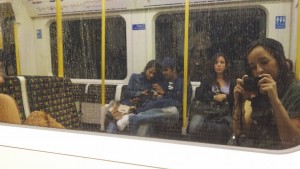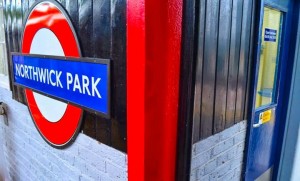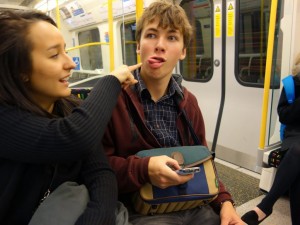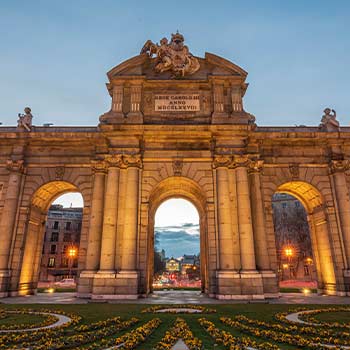Before I got to England, I thought I was going to have the hardest time traveling. I heard so much from people before I left that the transportation system in the UK was rather easy, yet every time they explained it to me, I got a little confused.
Nah, I am not going to lie, I got REALLY confused.
Before anyone leaves to study abroad in London, there is usually a period of time where you Google search ‘London tunnel maps, bus lines, taxis’. Not too mention there are so many different websites that share information about traveling. This information is convenient, however, it can be a bit confusing if you just see a bunch of symbols or colored lines on a map.


I remember on my first day here, after the airport, I had been dropped off on campus by taxi of a CEA driver. I was starving and I wanted to go to the grocery store to get a few essential items, as well as sleeping necessities for my first night. After I arrived on campus and wandered around curiously, some fellow students told me that I can just get on a short five minute tube ride to Harrow on the Hill to get everything I need. With people next to me, It was a lot easier than expected.
That said, since I got here, I have become envious of the transportation system. Words cannot describe how easily applicable the tube is. Before going to any foreign city, let alone country, I get a little antsy about getting lost.
Currently, I live just a little outside of the main parts of the city in Harrow. Being the adventurer that I am, I still and continue to go all over London constantly. The tube ride is so quick.
(The tube will be any London student’s major form of transportation)


Laura Koch is the Fall 2013 CEA MOJO in London, England. She is currently a sophomore at Georgia State University.

Once you have a good understanding of the tube, it's easy to know that it works based on a series of colored lines that can take you anywhere. Each line (route) has a different color with a list of the stations underneath it. Underneath each station are a list of the other two or three lines you can get onto to get to another station. For instance, if you wanted to get to Oxford Circus from Harrow, a major area for shopping, food, and close to where university classes are, you would get on at Northwick Park station and take the Metropolitan line to Baker Street Station. At Baker Street Station, you are easily directed to the Bakerloo line, which takes you to Oxford Station.
One thing that I recommend every student do before they leave is to purchase a student Oyster Card immediately. This Oyster Card will be very beneficial if you already have it in your pocket. The Oyster Card will not only allow you to ride the tube, but also gives you access to buses and trains.
Ah, the buses, you will be using these if you are having a late night on the town or you are wanting to use transportation after 12:00 am. Many times, I have been out with friends and we have not been ready to leave. Fortunately, there are bus stops all over town. Taking the bus does make your journey a lot longer with more stops, but it will get you where you need to go. If you are willing to pay a bit more, taxi services are listed all over the city as well.

A few great ideas to note, if you do not have the opportunity to use a smartphone, plan accordingly by tracking a route. However, if you do have a smartphone, there are a few great apps that are extremely helpful. Bus London, and Citymapper will give you a clear description of all stations and stops you need to go if you have your location.
Needless to say, I cannot rave about the transportation system enough. I have been able to go to so many great places just by taking a clean, safe, well-working tube ride. There are always people on the tube to ask for directions, and people are more than willing to help. Hope this ‘How to’ gives people a better understanding of how London travel works. I am sure going to miss the easy transportation available to me in England, and all the fun times that I have had on the tube with my friends.





